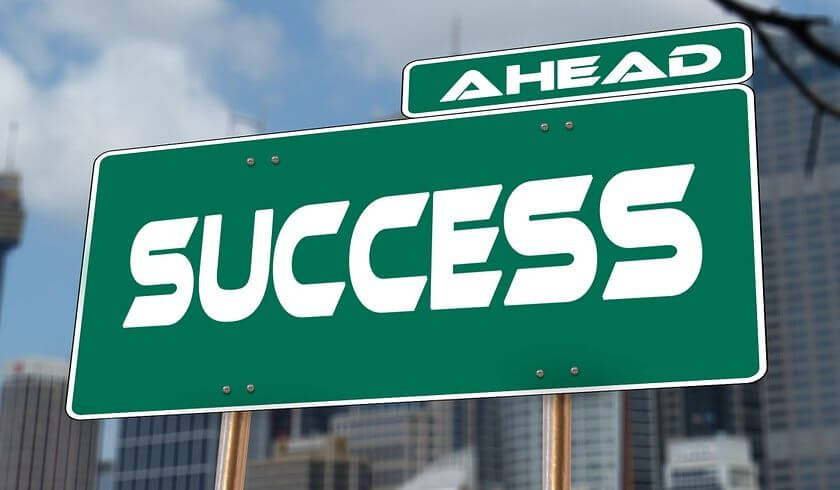Redcliffe and Kippa-Ring: Will a suburb’s success always flow to its neighbours?
Many people opt to purchase assets in suburbs within the vicinity of a booming area, believing that they will enjoy the “flow” of good turnouts minus the huge costs—but is this always a good strategy?

Property Investor Salar Sarvaland recently signed a contract on a property in Kippa-Ring after he has seen good growth in its neighbouring suburb Redcliffe. While this strategy might make sense to some, buyer’s agent Paul Glossop reminds investors that it does not always work that way.
Redcliffe has done better through the years compared to Kippa-Ring, Newport, Clontarf, and Margate, which are all its surrounding areas. It has also done well over the last five to seven years compared to Brisbane but paled in comparison to Sydney and Melbourne. While Kippa-Ring is considered its “sister suburb”, there are certain growth drivers in Redcliffe that makes it stand out from its neighbours.
Paul explained: “There might [be] some [growth] flowing, but … Redcliffe [has] got … proximity ... to the waterfront as well as … [a] hospital adjacent to Redcliffe itself. It's within five to seven minutes away but you're obviously seeing price points significantly higher in parts of Redcliffe.”
“Does that mean you're going to get flow into Kippa-Ring …? You might get a bit of affordability criteria come in there, but I don't think there is enough there to substantiate [a sudden increase in sales],” he added.
Since Redcliffe hasn’t had any astronomical growth in the recent past, the flow that Kippa-Ring might get will not be great as well.
Concerns
Paul believes that Kippa-Ring will have a steady property market in the next five years, but while there are definitely good fundamentals in the suburb, property investors must be careful about the increasing rental vacancy rate in the area.
The property professional said: “We … are probably seeing rents soften a little bit due to investor demand … Properties [that] were previously owner-occupied start becoming investment [properties].”
Property supply in a particular suburb can increase simply by turning owner-occupied properties into investment properties—without the need to develop new dwellings. This transition is currently happening across Kippa-Ring, so it’s best to factor the possibility of one to two extra weeks of vacancy every year before you consider investing in the area and its neighbouring suburbs.
According to the buyer’s agent: “Let's say there [are] 1,000 properties for sale in any particular suburb and 70 per cent of those [are] owner-occupied [and] 30 per cent [are] investor properties … Let's say ... 200 of those properties sell to investors, [so] you will all of a sudden [have] 50 per cent … [more] investor stock without building a single property … Ultimately, there's 200 extra properties on the rental market as that transition happens.”
While the transition might put an upward pressure on purchase price considering the increased level of competition between investors and owner-occupiers, it might not lead to better rental prices because tenant-applicants will have more choices due to higher supply.
Should you put your money in Kippa-Ring?
Kippa-Ring is a suburb of the Moreton Bay Region in Queensland, located at the center of the Redcliffe Peninsula.
Aside from Anzac Avenue, which begins in Petrie and passes through several suburbs before it terminates at a roundabout in Redcliffe Parade waterfront, residents of the suburb also enjoy the benefits of an extensive railway network. The Redcliffe Peninsula railway, a new 12-kilometre line, has recently been built as part of QR Citytrain suburban network, which branches from the Caboolture line.
Due to the efficient transport system and the abundance of other infrastructures, Kippa-Ring has been deemed as the commercial, retail, and financial centre of the Redcliffe region.
According to Paul: “I think there are six stations between where the Petrie junction is—that's going from Kallangur, Murrumba Downs, Mango Hill, Mango Hill East, Rothwell, Kippa-Ring … [and] you got those stations that have been included, which are only really live for a year and a half."
“You've got to the point now where you've seen who've got a commuter belt … They're also going to see some demand come [with] Petrie University when that goes in in about three or four years’ time,” he added.
While the demand for property is not expected to increase astronomically overnight, the next five to seven years will definitely see an influx of tenants looking for smaller dwellings like one- to two-bedroom apartments.
“But, ultimately, it's [still] predominantly owner-occupied,” Paul concluded.
Tune in to Paul Glossop’s Q&A episode on The Smart Property Investment Show to know more about the Victorian State government changes to subdivisions and the requirement for a garden space, and how they think it will impact affordability and cash flow in the future.
